Navigating College Financing with Gail daMota
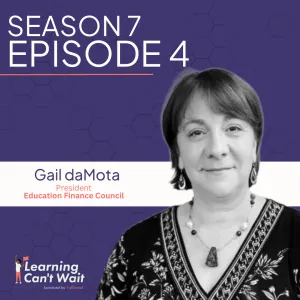
In a recent episode of the Learning Can't Wait podcast, Gail daMota—President of the Education Finance Council (EFC)—shared her invaluable insights on college financing, the challenges of FAFSA implementation, and the critical role of nonprofit organizations in making higher education more accessible. In this article, we break down the conversation, explore the broader context behind financial aid policies, and offer additional resources to help students and families navigate the complexities of financing a college education.
If your school or district is seeking to better support students and families through the college planning and financial aid process, Fullmind offers access to state-certified educators who can provide expert, real-time guidance on FAFSA completion, scholarship searches, and post-secondary planning. By partnering with Fullmind’s virtual staffing solutions, you can ensure your students have the tools and support they need to confidently take their next steps toward higher education.
The Role of Education Finance Council in Higher Education Finance
Gail daMota’s journey in higher education finance began unexpectedly. Starting in a trade school environment, she transitioned into roles that spanned from financial aid servicing to administering federal loan programs. Now at the helm of the EFC, her deep-rooted passion stems from personal experiences as a first-generation college student and American. This passion is echoed in the work of EFC’s members, who are primarily nonprofits and state agencies dedicated to serving local communities. These organizations offer a one-stop shop of services—from FAFSA guidance and state grant management to low-cost private loans—ensuring that students have access to the support needed for post-secondary success.
The EFC's mission is to empower families and students with clear, actionable information on financing college, emphasizing that financial aid is an investment in the future. For more details about their programs, visit the Education Finance Council website.
Understanding the FAFSA Fiasco and Its Impact on College Financing
A significant portion of the conversation was dedicated to the recent challenges surrounding the FAFSA rollout. Last year’s launch of the simplified FAFSA, which was meant to streamline the process for families, ended up being a “fiasco” due to inadequate testing and system crashes. According to Gail, this resulted in an 11.6% drop in FAFSA completions—a figure reported by Chalkbeat—that likely contributed to delays in college enrollment and forced some students to reconsider their college choices.
Despite these setbacks, Gail stressed the importance of completing the FAFSA as it is the gateway to both federal and state financial aid. The U.S. Department of Education is now beta testing a more robust version of the FAFSA, with plans for a stable launch by December 1. For families seeking the latest updates on FAFSA policies and deadlines, the Federal Student Aid website is an excellent resource.
Strategies for Affordable College through Nonprofit Support
One of the standout themes from the podcast was the focus on nonprofit organizations in addressing the true cost of college financing. Gail explained how many of these nonprofits not only help students fill out the FAFSA but also provide critical support services such as counseling, scholarship search assistance, and guidance on low-cost private loans. This holistic approach is particularly important as the actual cost of higher education often extends beyond tuition to include living expenses like food, transportation, and housing.
For instance, many state agencies work closely with local schools and community organizations to ensure students receive comprehensive support. Whether it’s through career nights, one-on-one counseling sessions, or workshops for high school counselors, these nonprofits play a vital role in demystifying financial aid. Families are encouraged to visit EFC’s dedicated Students and Families section for free expert help.
Policy Changes: Simplifying Student Loans and Increasing Pell Grants
Gail daMota was candid about the policy changes she hopes to see at the federal level, which include:
- Increasing the Pell Grant: Current Pell Grant amounts have not kept pace with the rising cost of living. An increase in Pell Grant funding would directly benefit low-income students by reducing the financial burden of college.
- Simplifying Student Loan Repayment: The complexity of current repayment options often leaves students confused and overwhelmed. Simplification would make it easier for borrowers to manage their debt.
- Enhancing Transparency and Accountability: Gail advocates for standardized financial aid award letters and clearer distinctions between loans and grants. This transparency is crucial in helping families compare financial aid offers effectively.
- Protecting Borrowers: She also called for stronger protections regarding the Parent PLUS loan, ensuring that loan terms are clear and that parents are not burdened with predatory borrowing terms.
These recommendations align with broader national discussions about making higher education more affordable and accessible. For more on recent policy debates, you might refer to analyses by the Brookings Institution and The Institute for College Access & Success.Advice for Students Pursuing Post-Secondary EducationFor students embarking on their higher education journey—especially those without a robust support system—Gail’s advice is both encouraging and practical: "Don't give up." She emphasizes the importance of seeking free assistance from nonprofit organizations, doing thorough research on available aid options, and not being deterred by initial setbacks. Whether it’s navigating the FAFSA process or understanding the nuances of different loan programs, reaching out for expert guidance can make a significant difference.This sentiment is echoed by many education advocates who stress that while the process may be challenging, there are abundant resources available to ensure that every student has the opportunity to succeed. Students are encouraged to explore scholarship search tools and other financial aid resources available through government and nonprofit websites.Additional Resources and InsightsFor those interested in exploring more about college financing and financial aid options, consider the following resources:
- Federal Student Aid (studentaid.gov): Up-to-date information on FAFSA, federal loans, and repayment options.
- College Board (collegeboard.org): Comprehensive resources on college planning and financial aid.
- The Institute for College Access & Success (ticas.org): Research and policy analysis on student debt and college affordability.
- National Association of Student Financial Aid Administrators (NASFAA) (nasfaa.org): Industry insights and updates on financial aid management.
The evolving landscape of college financing is influenced by policy shifts, technological improvements, and the dedicated work of nonprofits and state agencies. As the new administration brings potential changes, stakeholders—from policymakers to families—must stay informed and engaged.ConclusionGail daMota’s conversation on the Learning Can't Wait podcast offers a detailed and hopeful look at the future of college financing. Her insights underscore the importance of reliable, simplified financial aid processes like FAFSA and the critical role nonprofit organizations play in ensuring that students have access to the resources they need. As you navigate the complexities of higher education finance, remember that the journey is challenging but ultimately worth it. With the right support and informed decision-making, every student can find a pathway to success.For more inspiring conversations and expert advice on education, be sure to listen to the full podcast episode and explore additional resources on the Education Finance Council website.
For Education Leaders
Get proven strategies and expert analysis from the host of the Learning Can't Wait podcast, delivered straight to your inbox.
Let’s Work Together
We’ll review your application and get in touch!

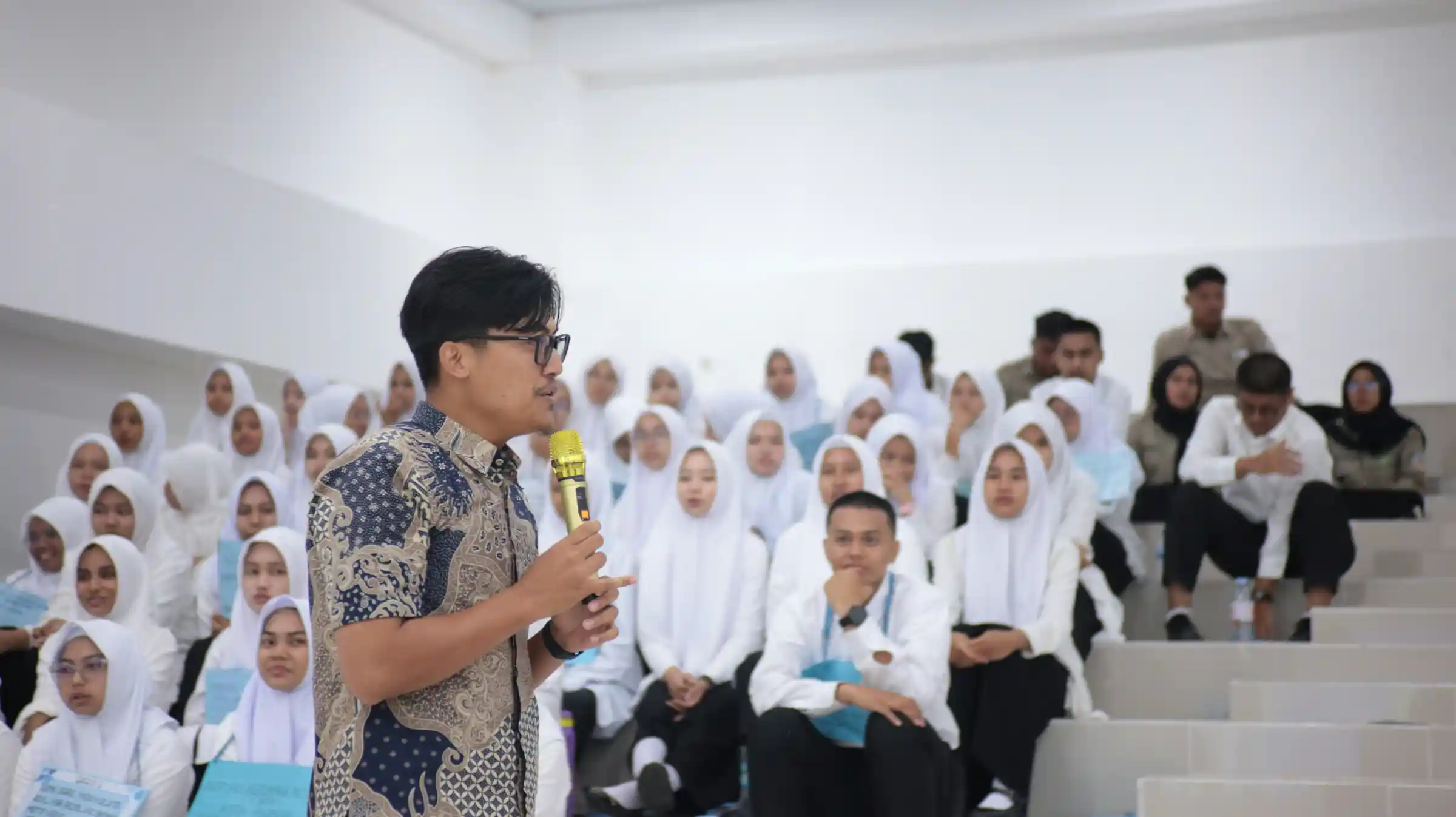


.webp)

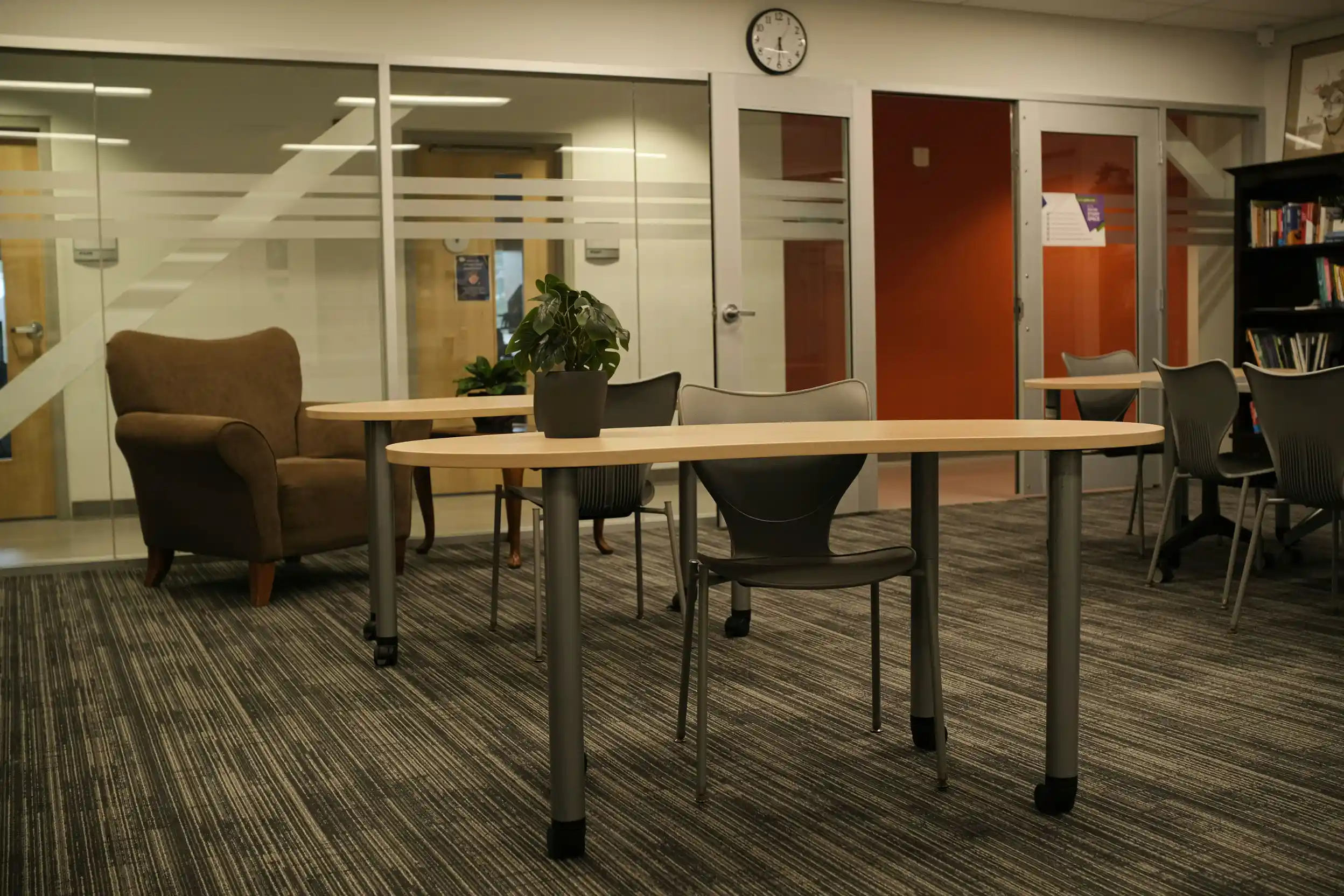
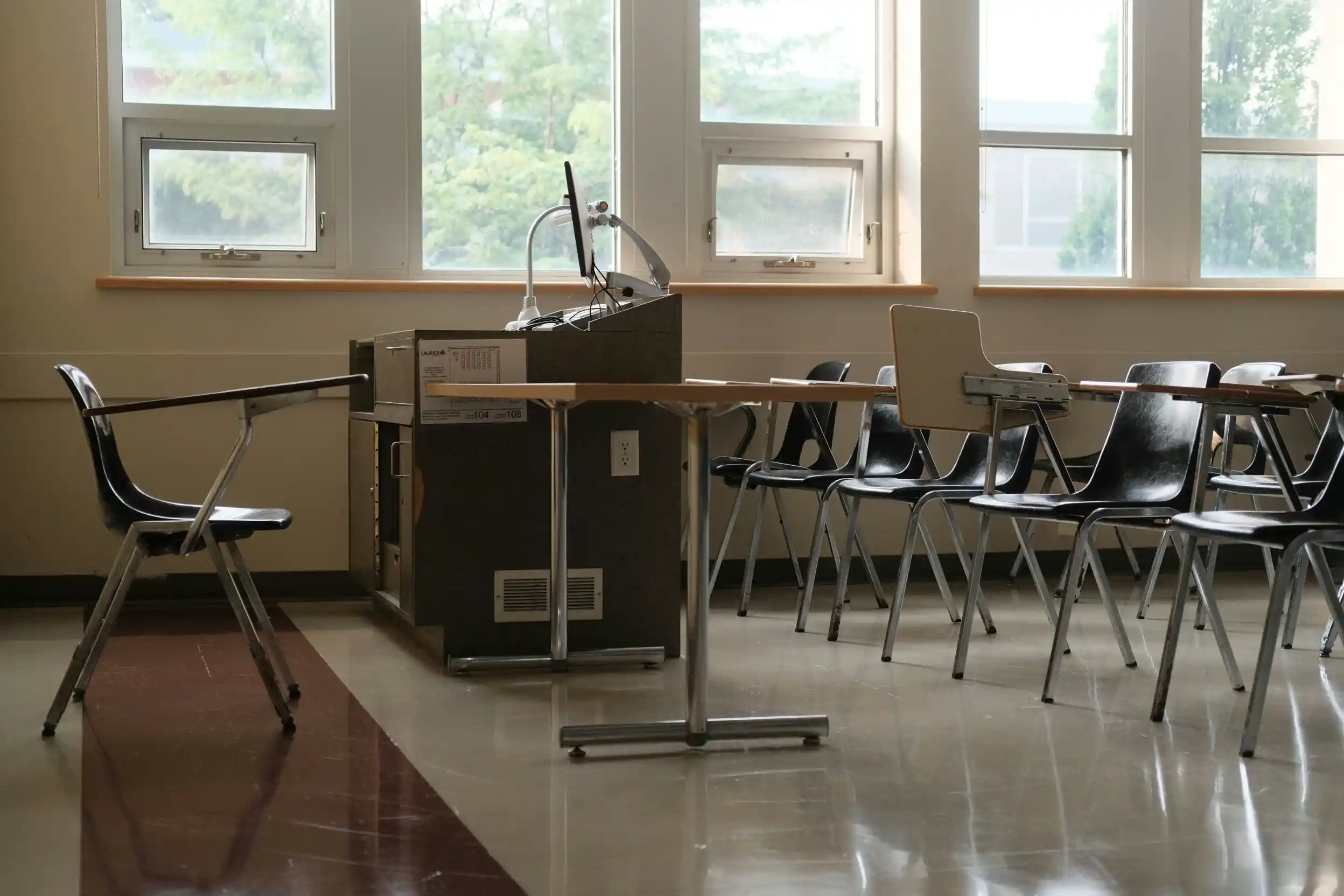










.webp)















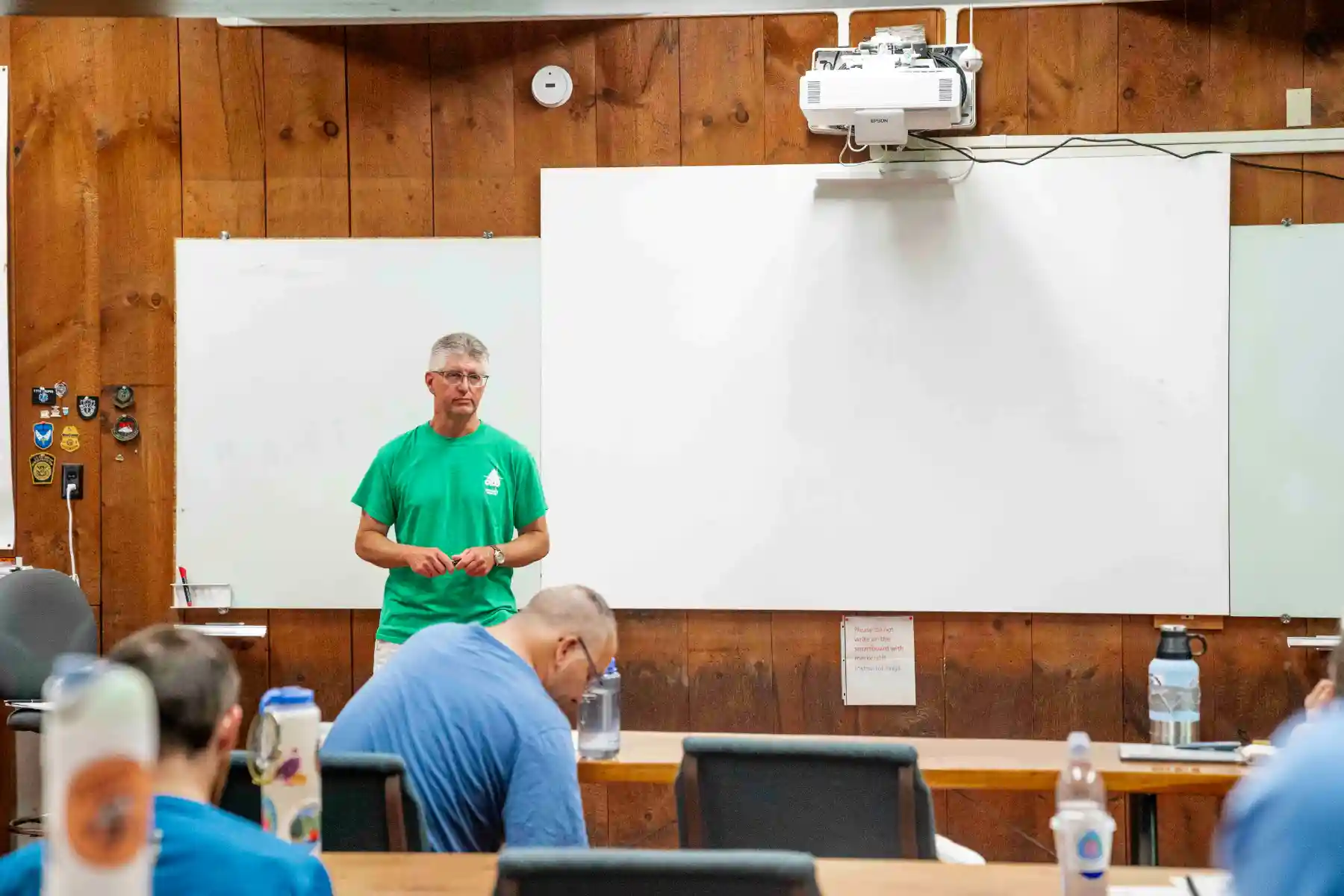




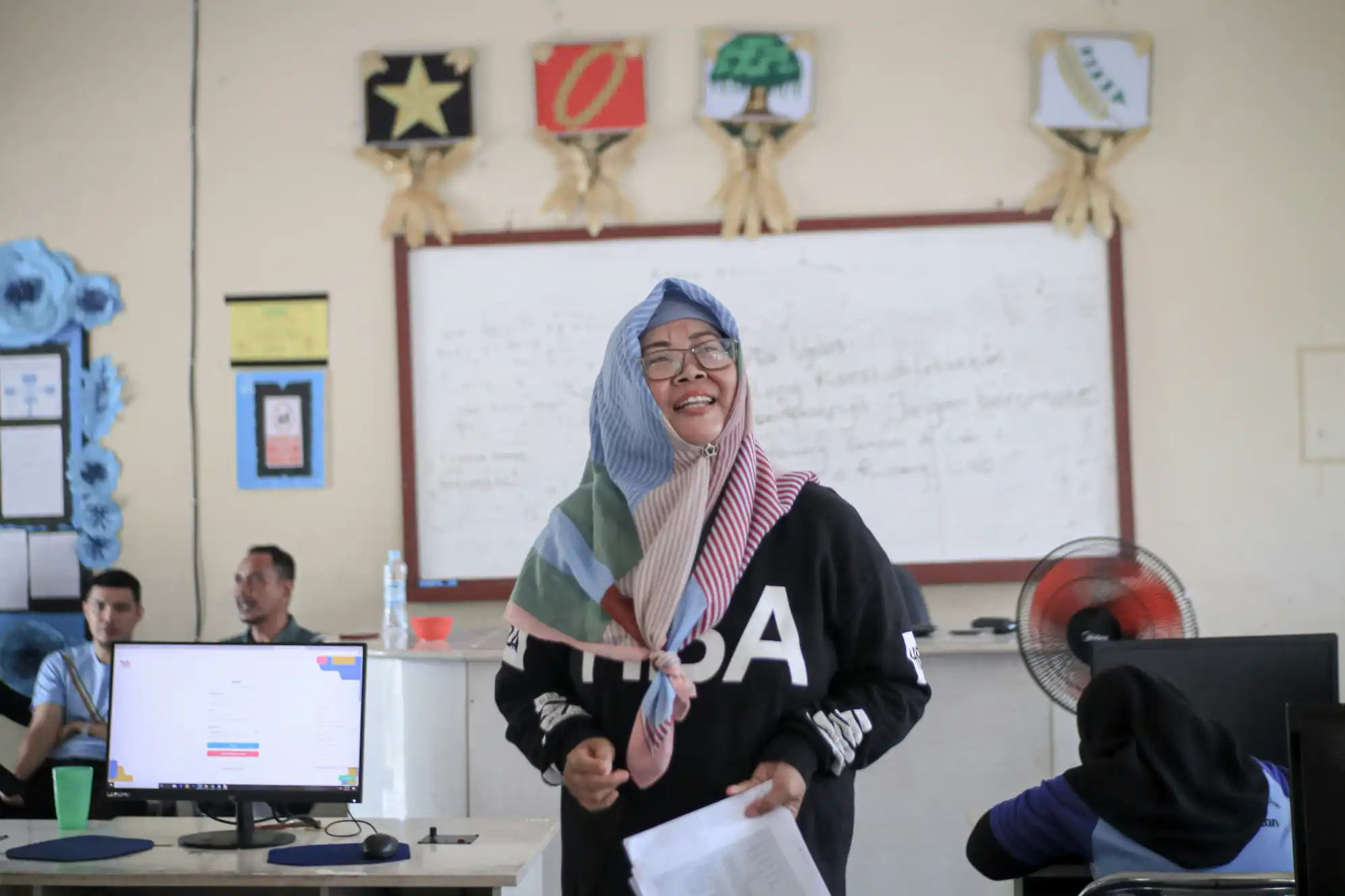





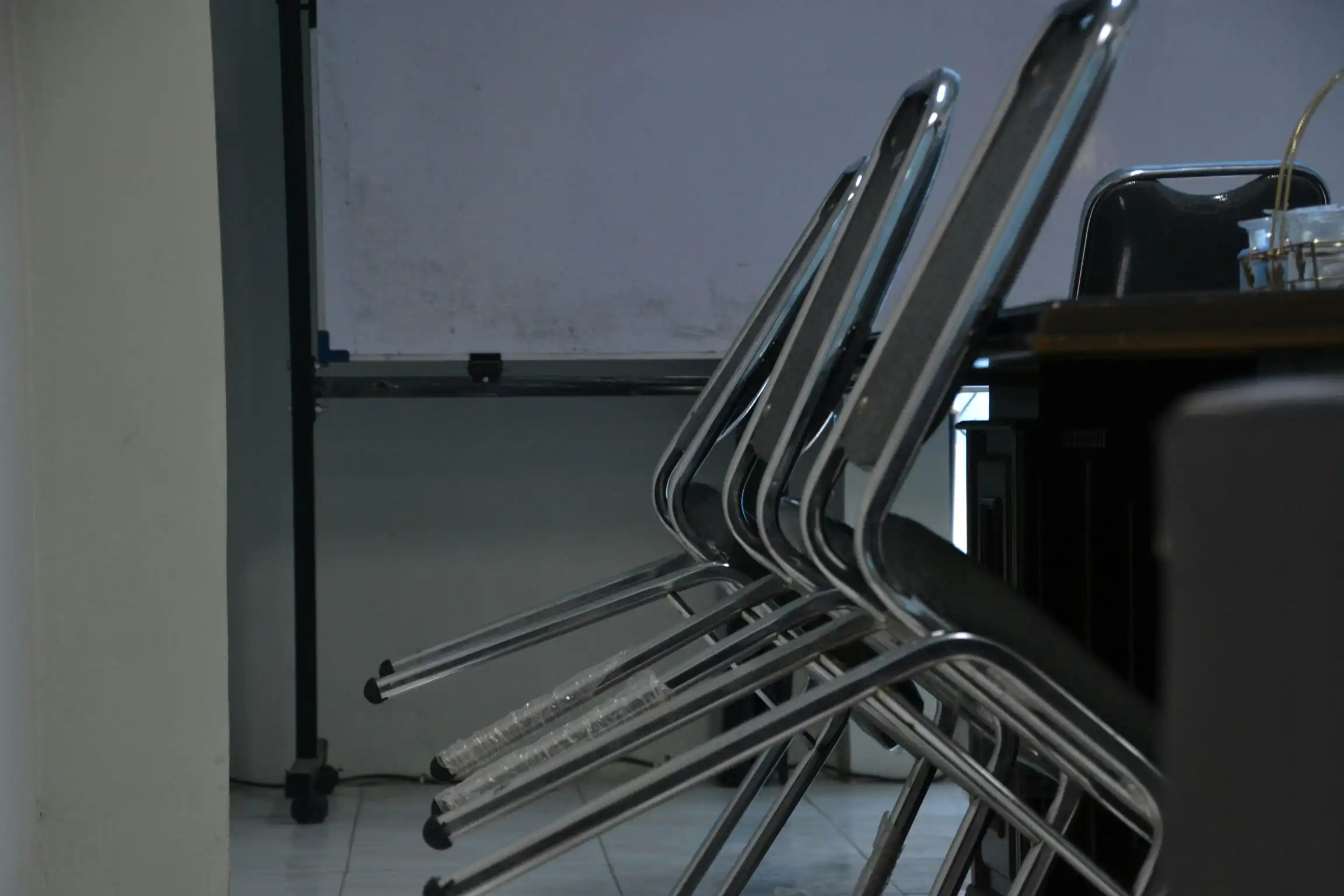
.webp)



%20.webp)


















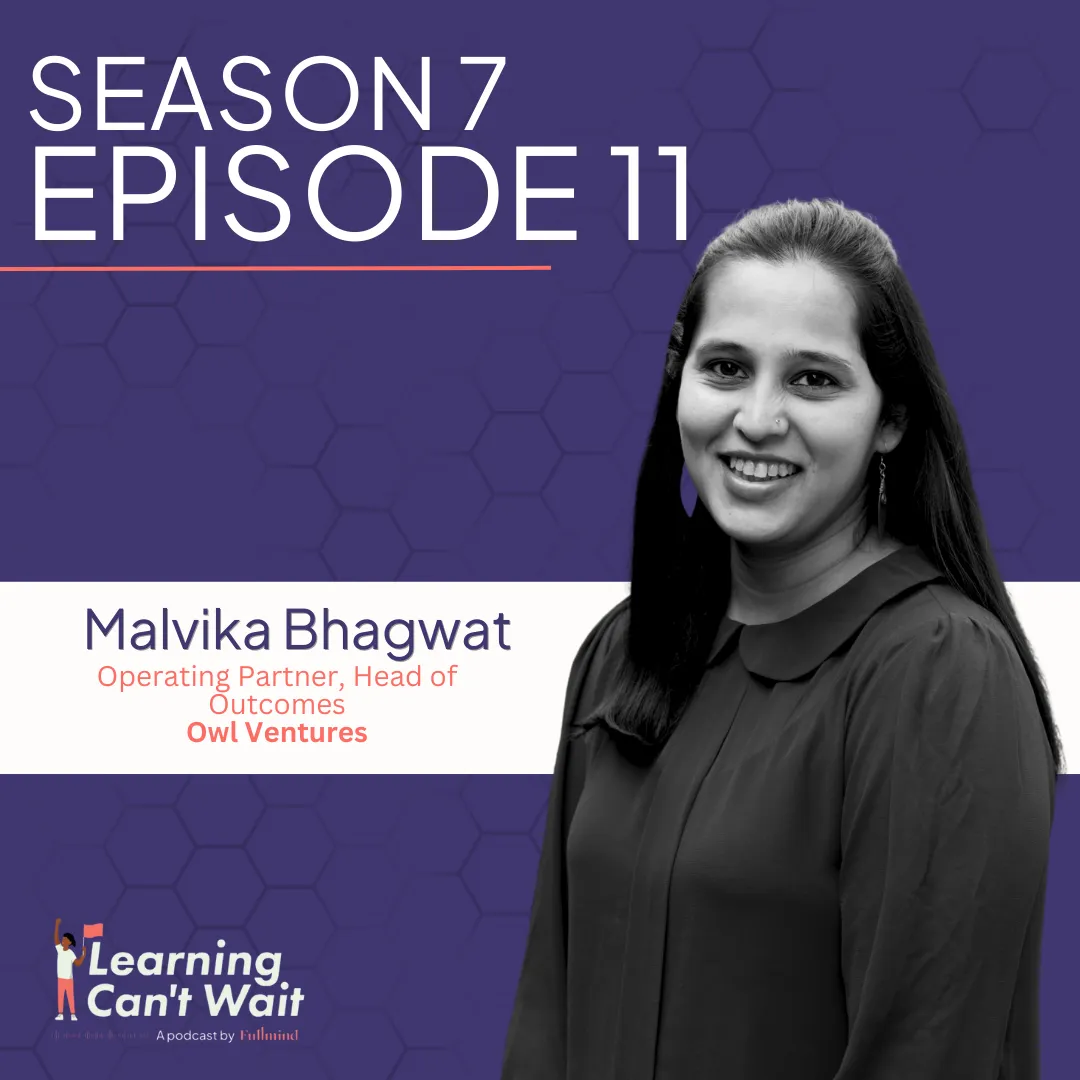
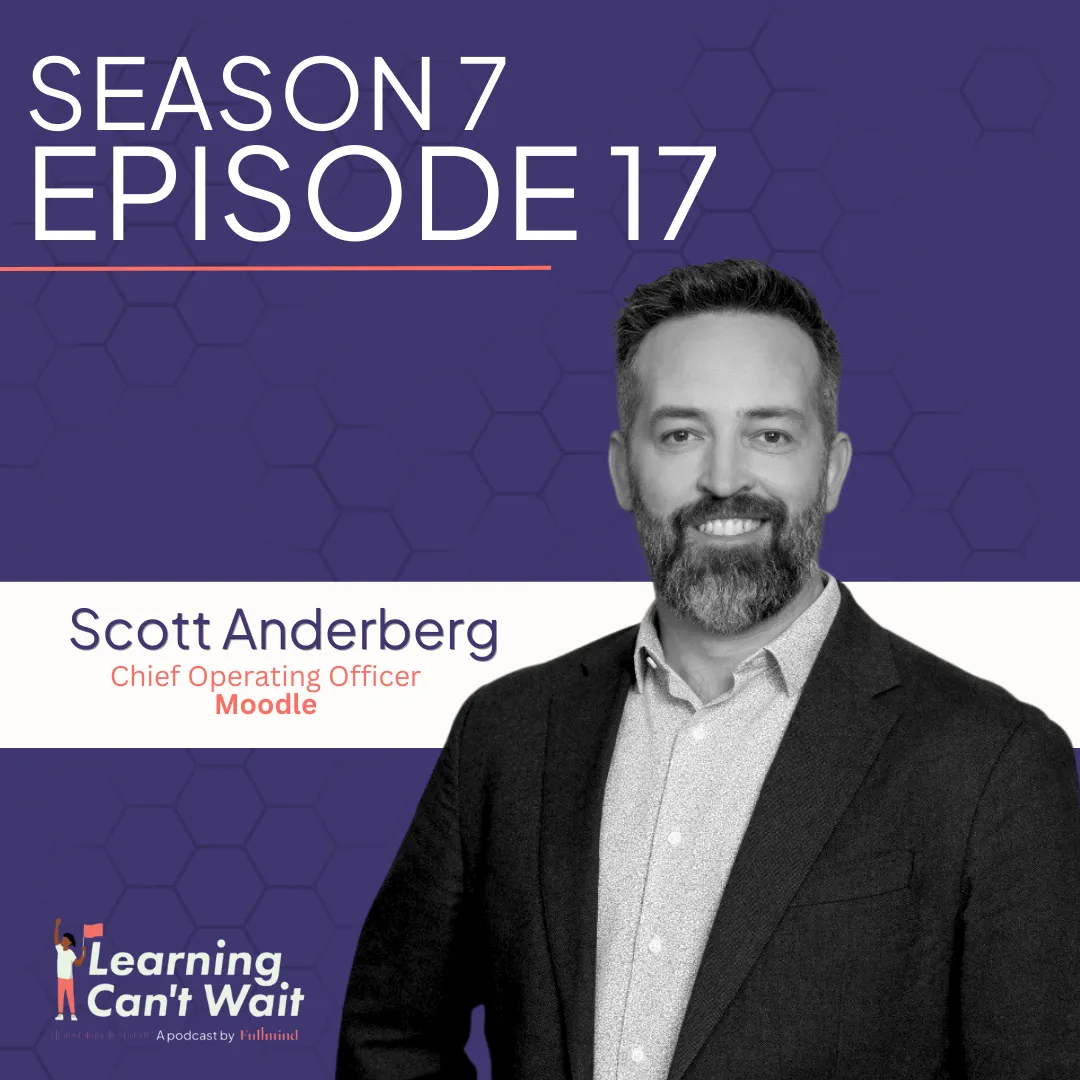
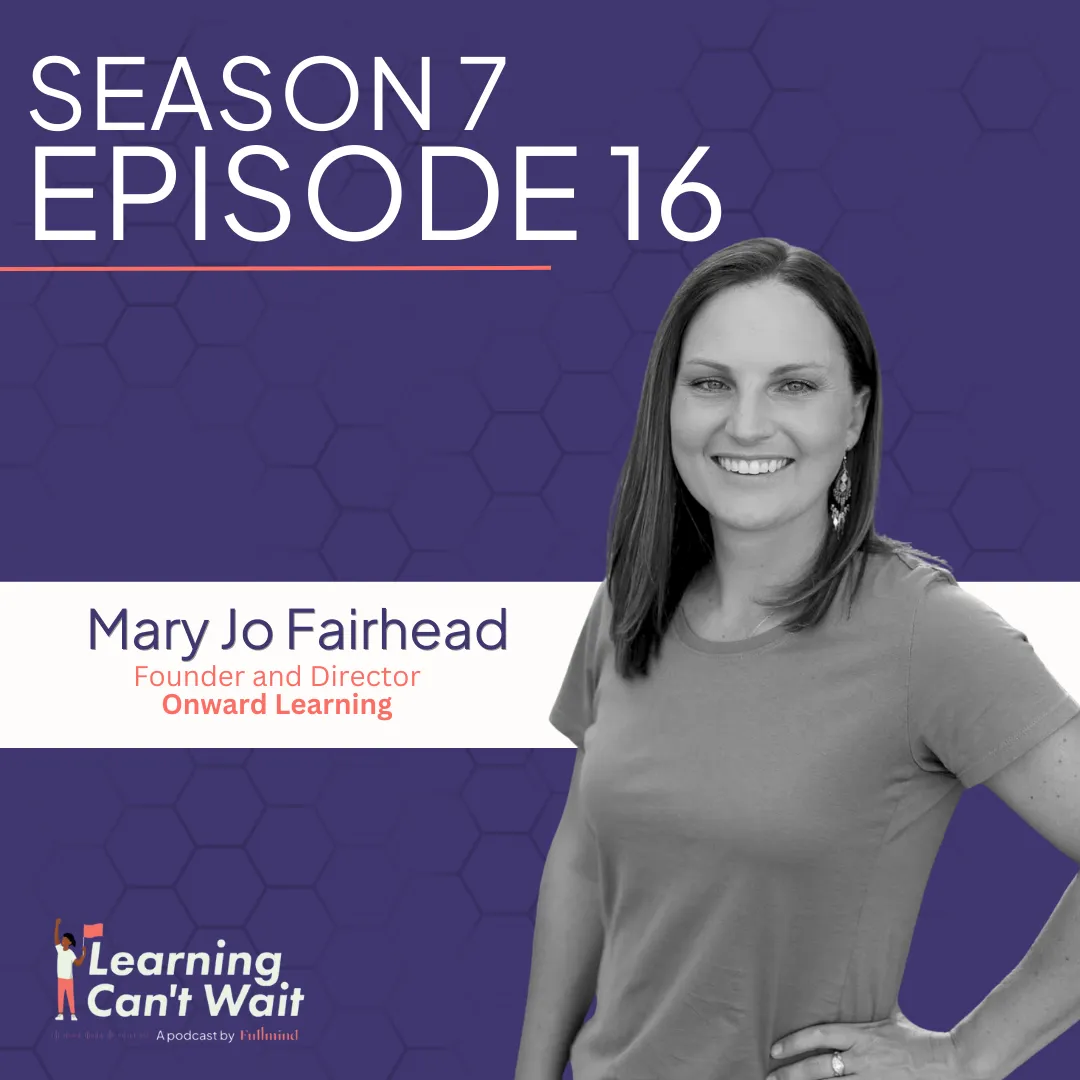
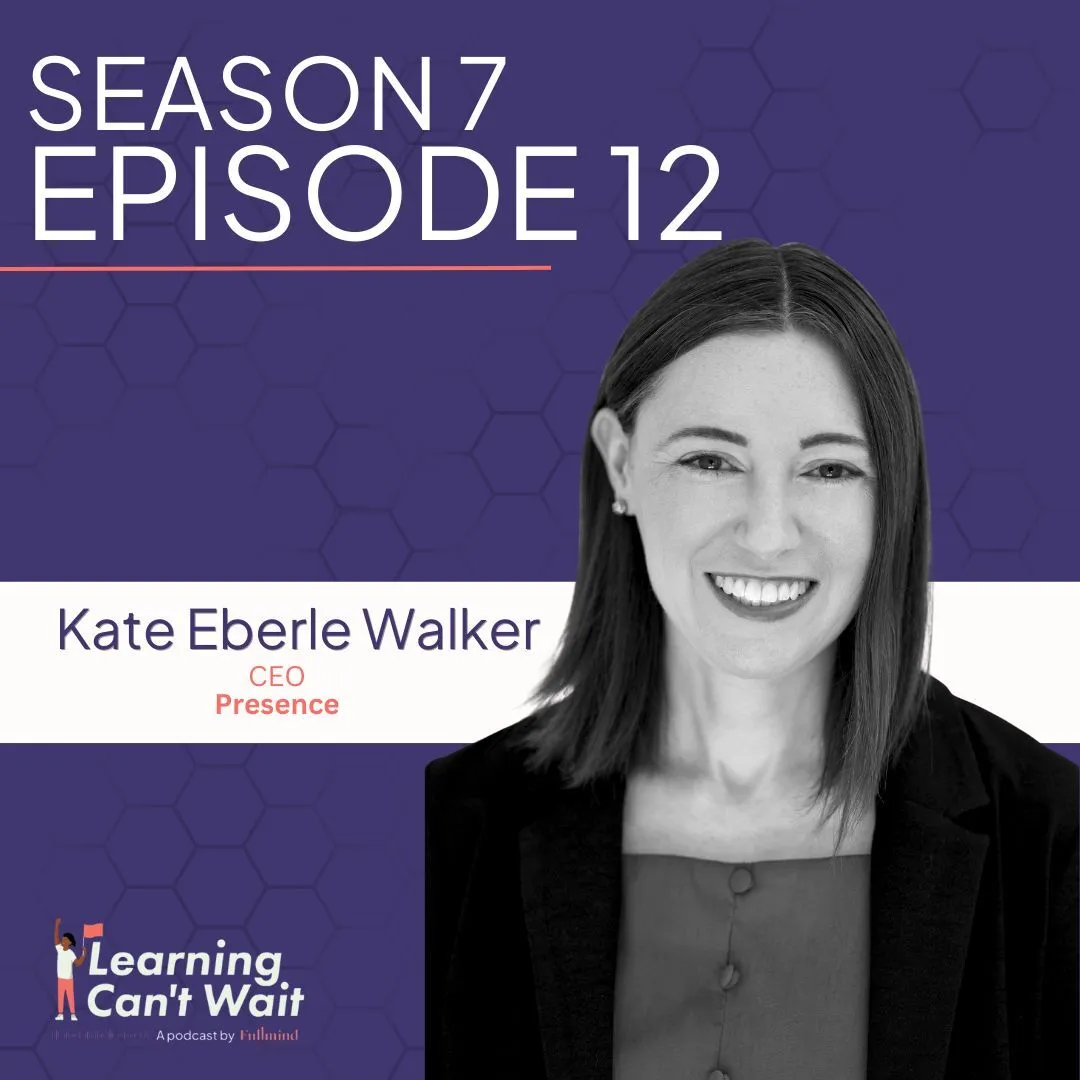
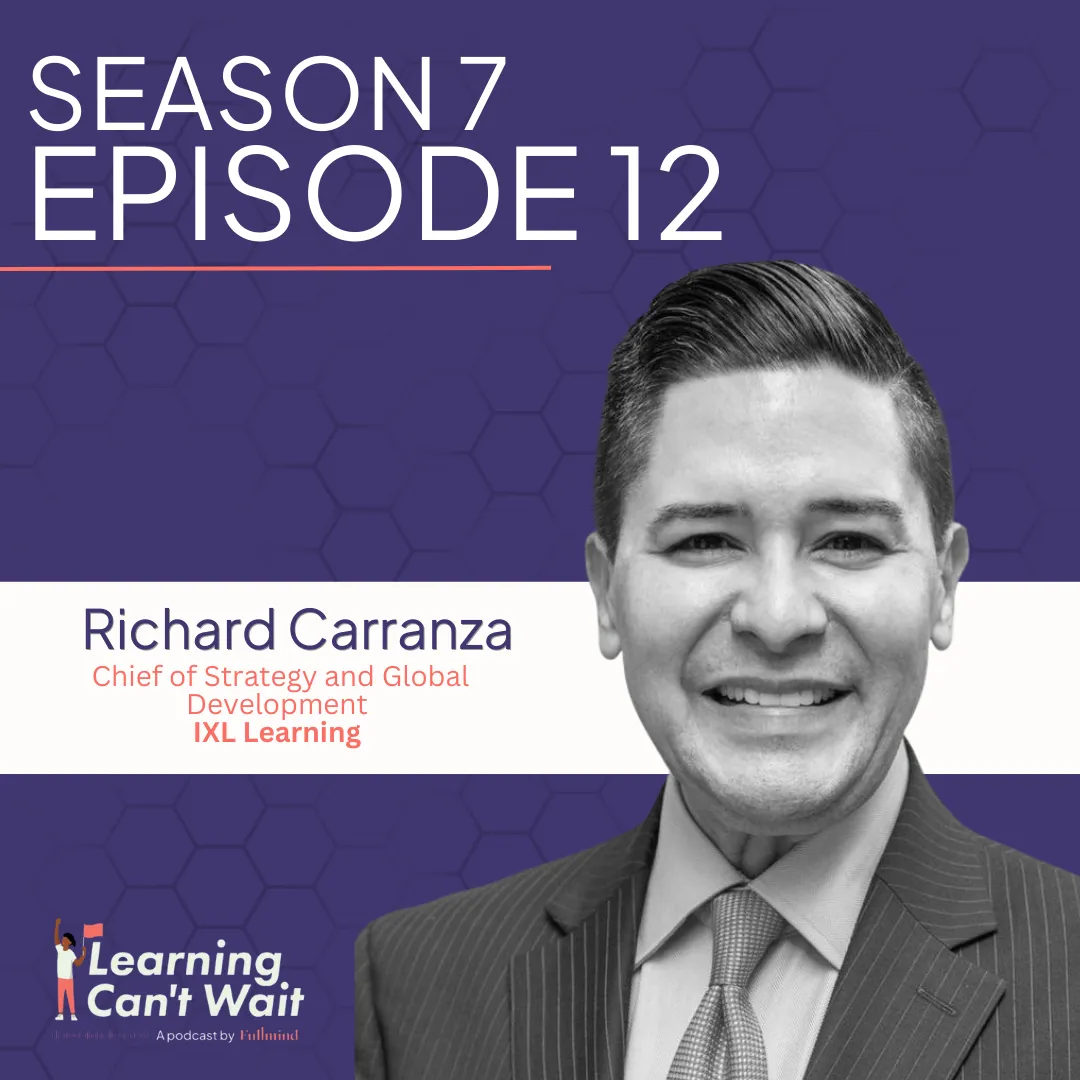
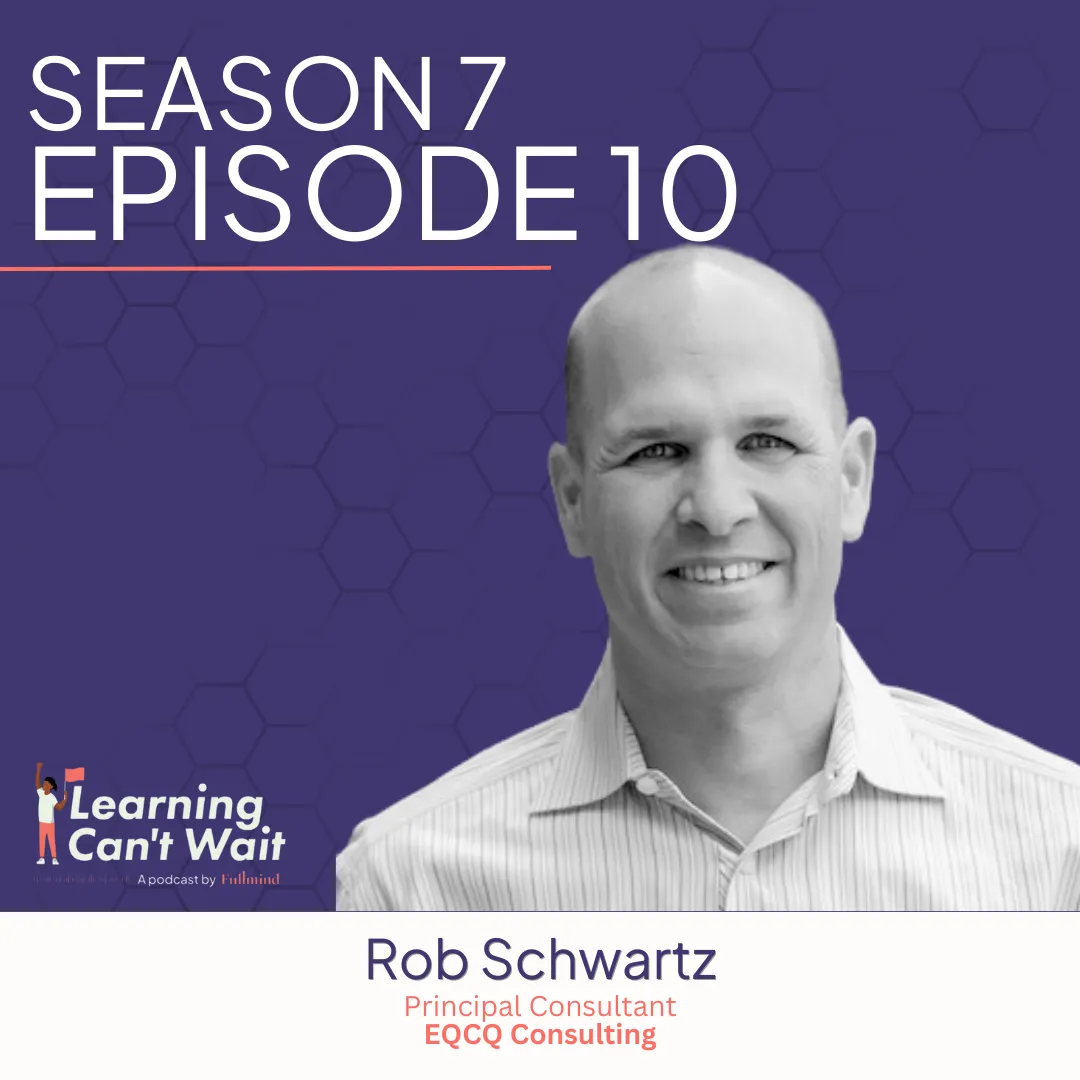






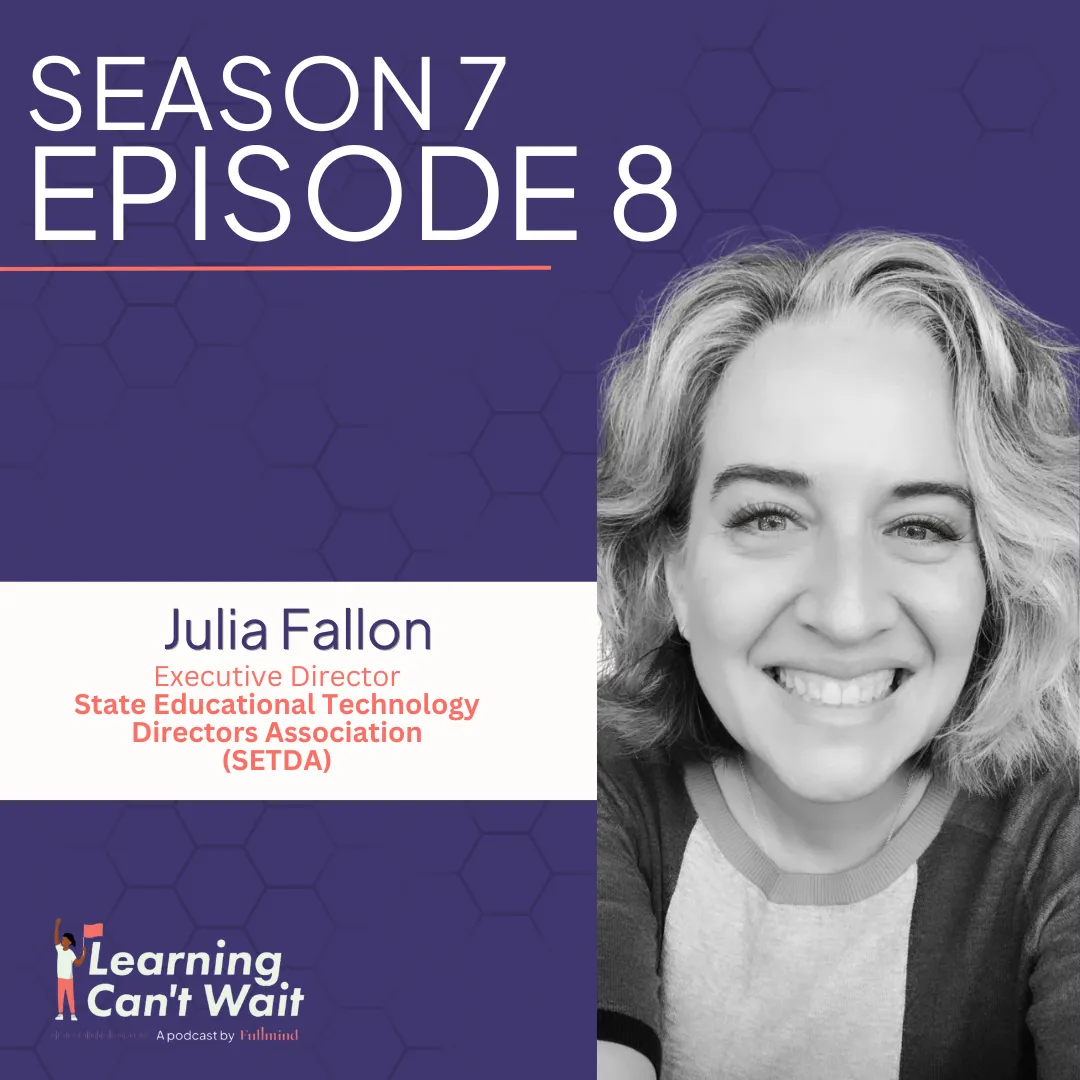




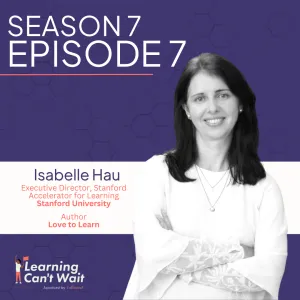

.webp)
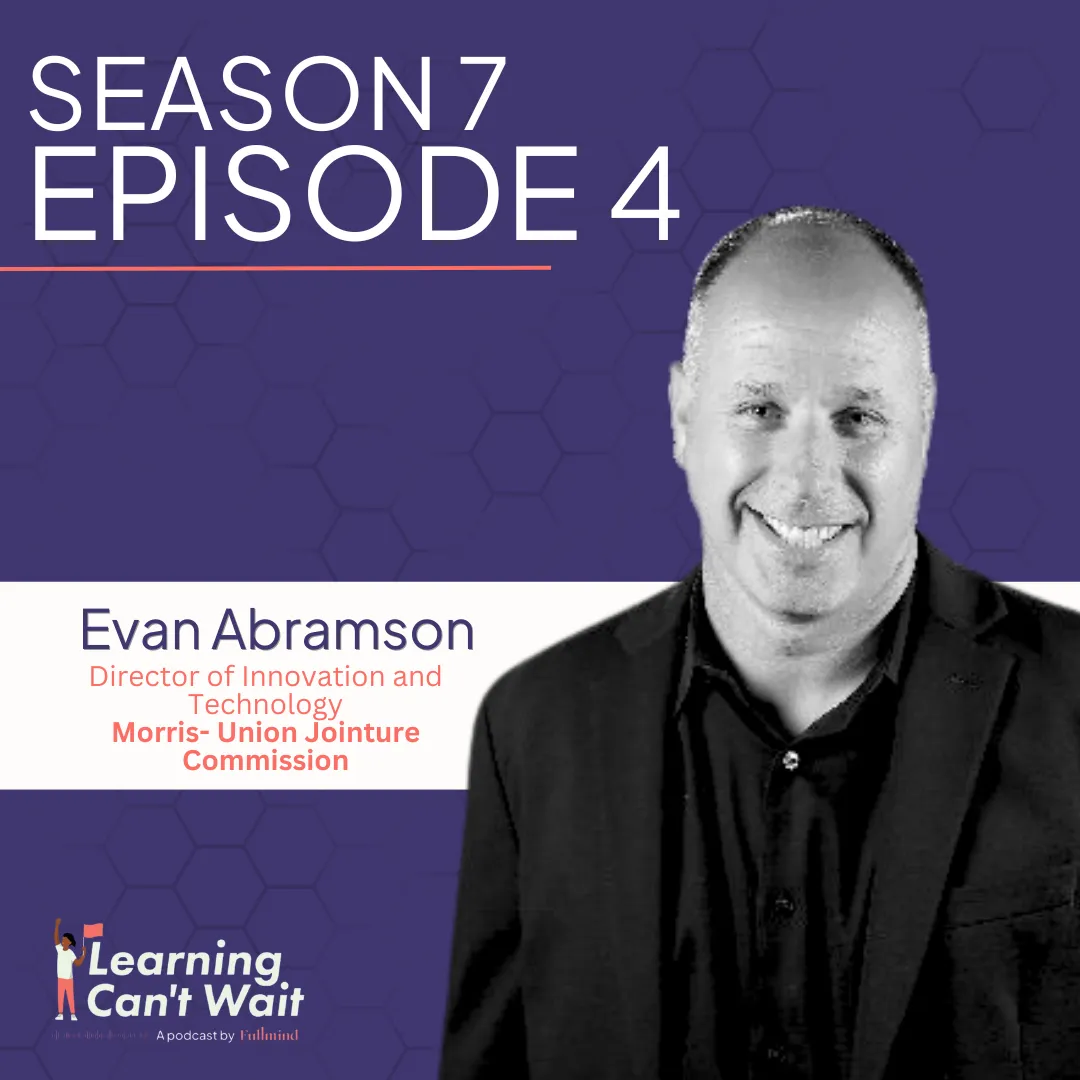
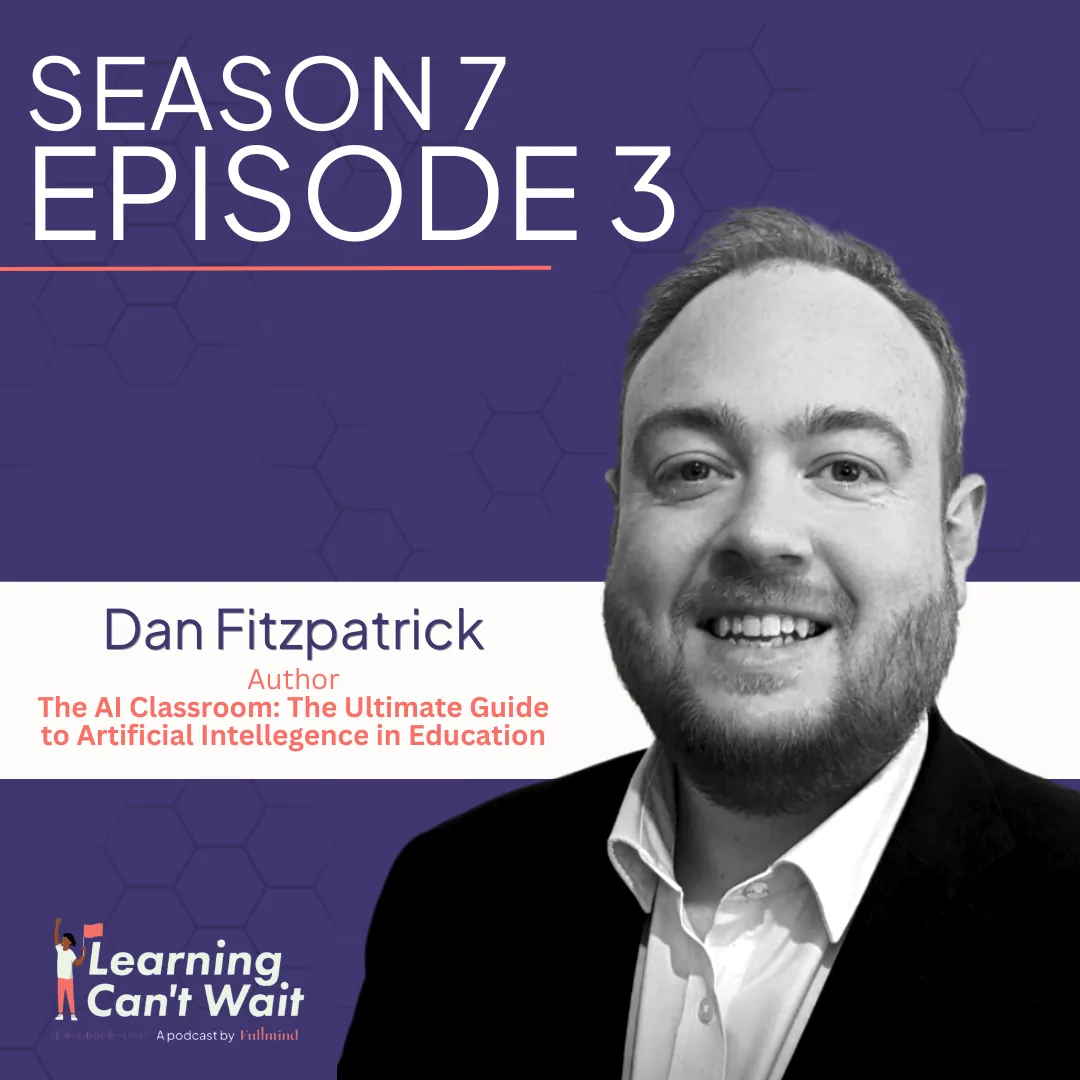
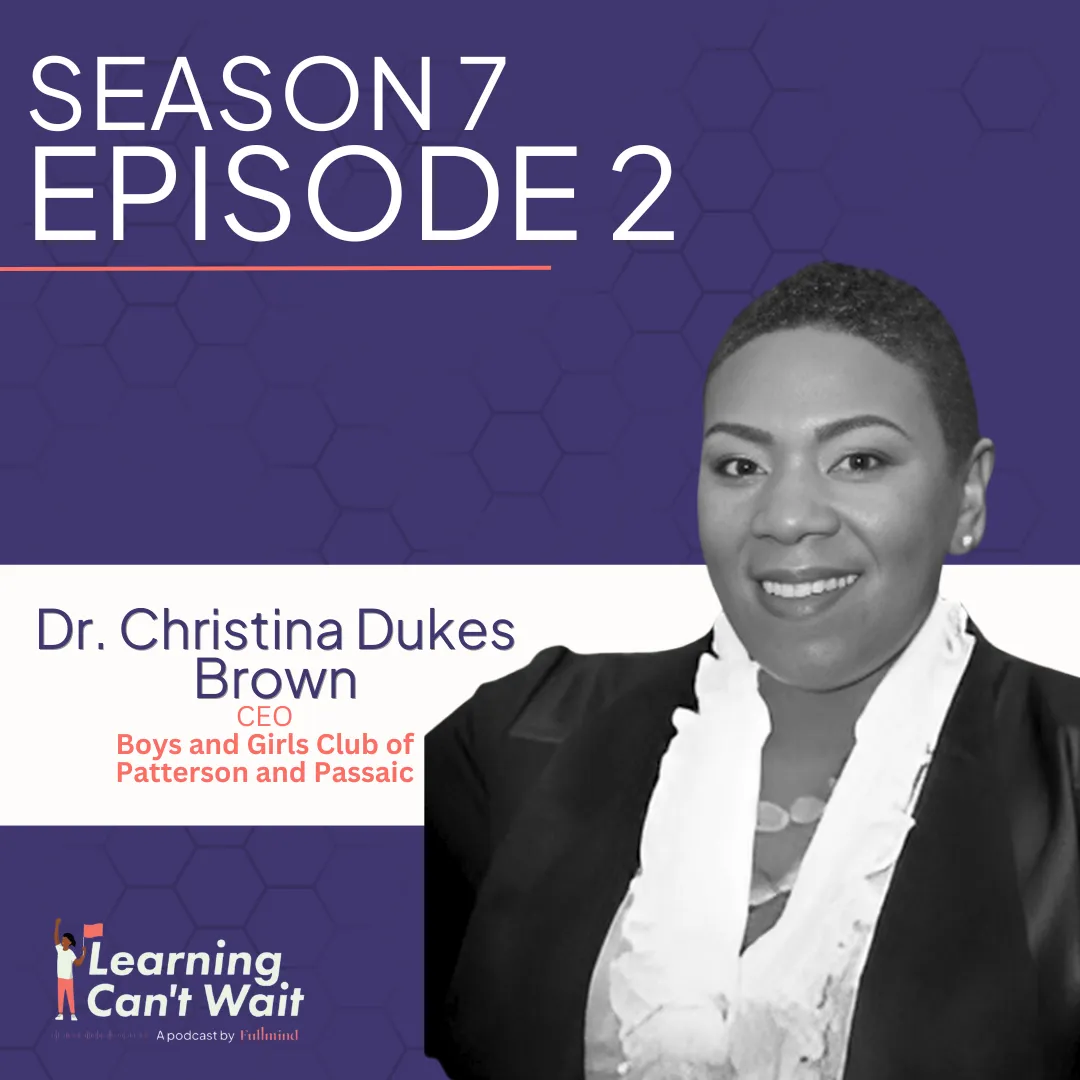
.webp)


.webp)


.webp)
